Huntington Beach State Park got its name from the original owners of the property, philanthropist and translator Archer M. Huntington and his wife, the sculptor Anna Hyatt Huntington. As such, the park also contains the Huntington’s winter home, Atalaya (Spanish for “watchtower).
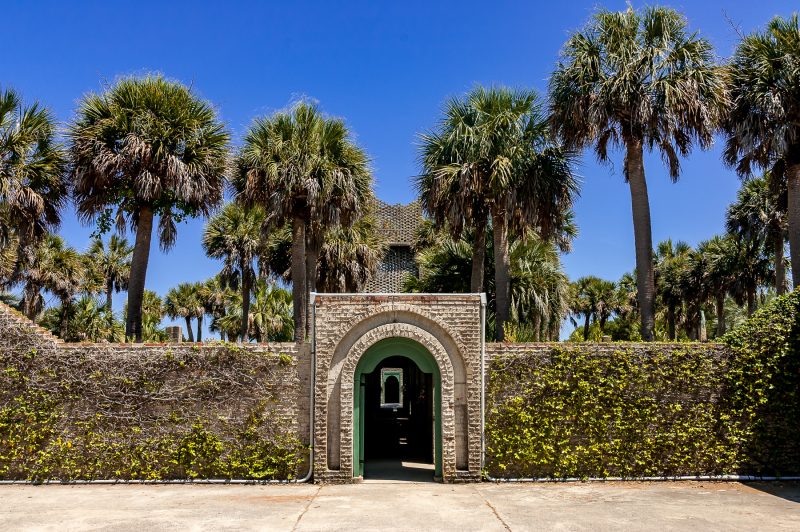
One’s first thought is to compare it to the Biltmore estate. While it was built 50 years later and is much smaller (probably not even one tenth the size), there are certain similarities. Both Vanderbilt and Huntington got their money the really old-fashioned way: they inherited it. Both men were interested in fostering the local economy, with Huntington insisting that all workers must be local. If a skilled craftsman was needed, he paid to have someone come and teach a local how to do it.
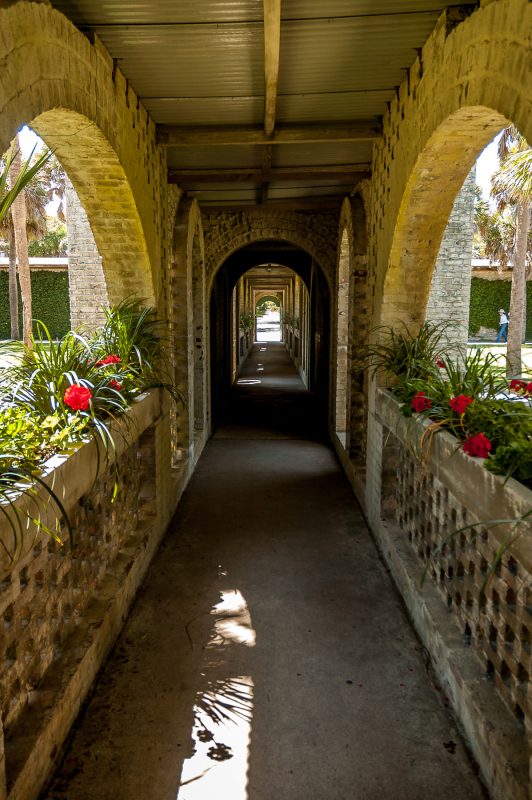
Yet there are significant differences. Apart from the size and age, the motifs are different. Vanderbilt wanted his home to look like a chateau; Huntington wanted his home to reflect the Moorish influence on Spanish architecture.
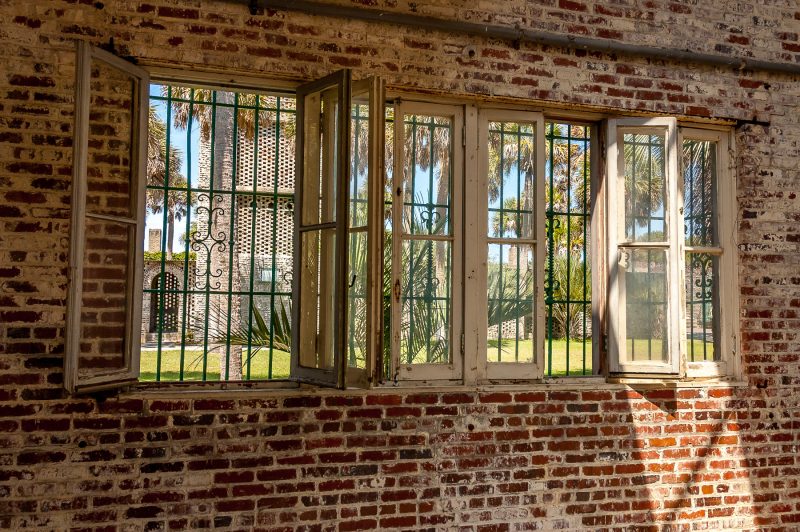
Vanderbilt hired Richard Morris Hunt, the architect who designed, among other things, the Metropolitan Museum of Art and the pedestal for the Statue of Liberty, to design the entire home. Huntington had no architect; indeed, Huntington had no plan. The home was simply constructed according to his verbal instructions.
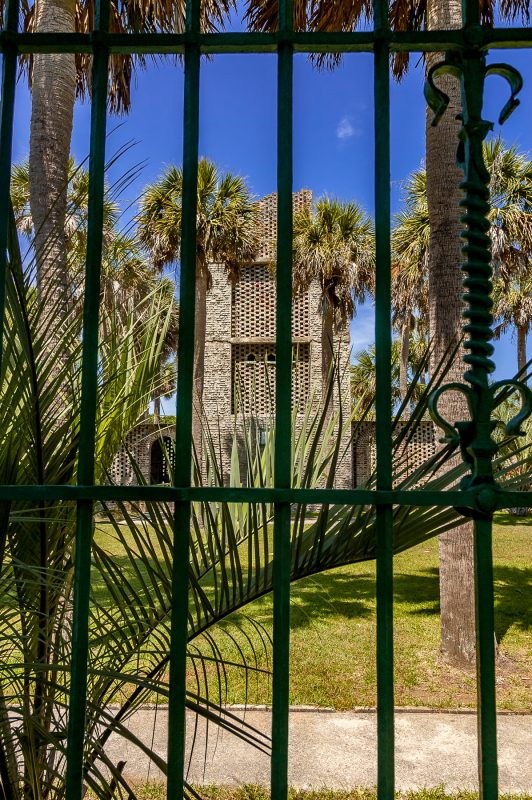
A final difference, other than the comparative state of current conditions, is the intended purpose of the homes. Biltmore is a mansion, built for parties and guests that stay for weeks on end. It’s intended to impress, pure and simple.
Atalaya had more utilitarian aims: it was a place for the Huntingtons to work. Granted, it’s not work in the way most twenty-first century, middle-class people think of work: he wrote poetry, she sculpted, and fiscally, they were fine if they never made a dollar from either venture. Still, the Huntingtons never had overnight guests at the home (let alone the summer-long visits common at the Biltmore), and Atalaya was most decidedly not built to impress (though it does all the same).
A practical effect of this was that the Huntingtons turned over the home to the Army Air Corps during World War II, and the Corps set up a defensive battery at the home.
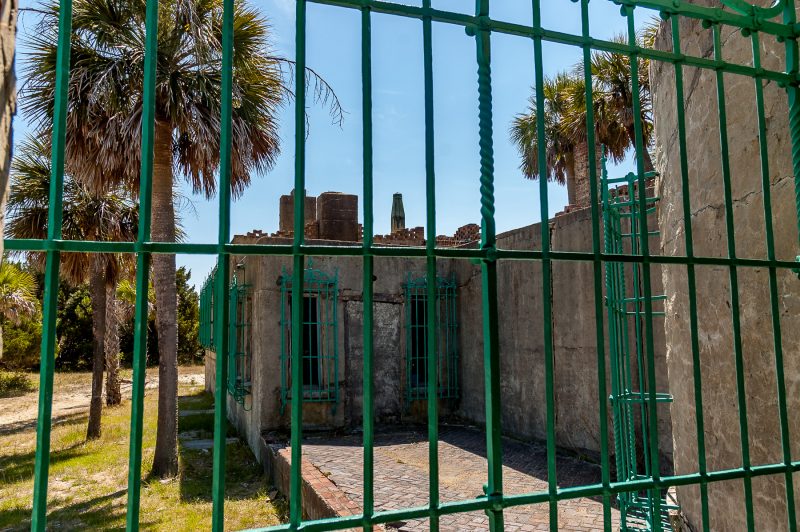
But I still come back to the similarities: apparently, Huntington had no idea how much his home was costing him and never tried to determine it.
The ability to live like that is so far removed from anything most of us know.
0 Comments